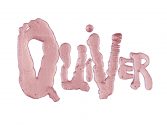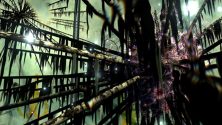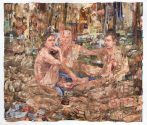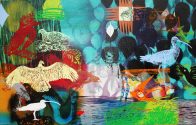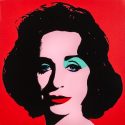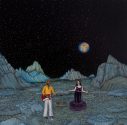Rob Wynne
Rob Wynne’s debut exhibition with the gallery features recent poured mirrored glass texts and sculpted glass compositions, as well as earlier framed, embroidered canvases. The artist has a long-standing fascination with narrative. Utilizing words that resonate – overheard phrases and poetic quotations – he creates works that give a landscape to language. Read More

